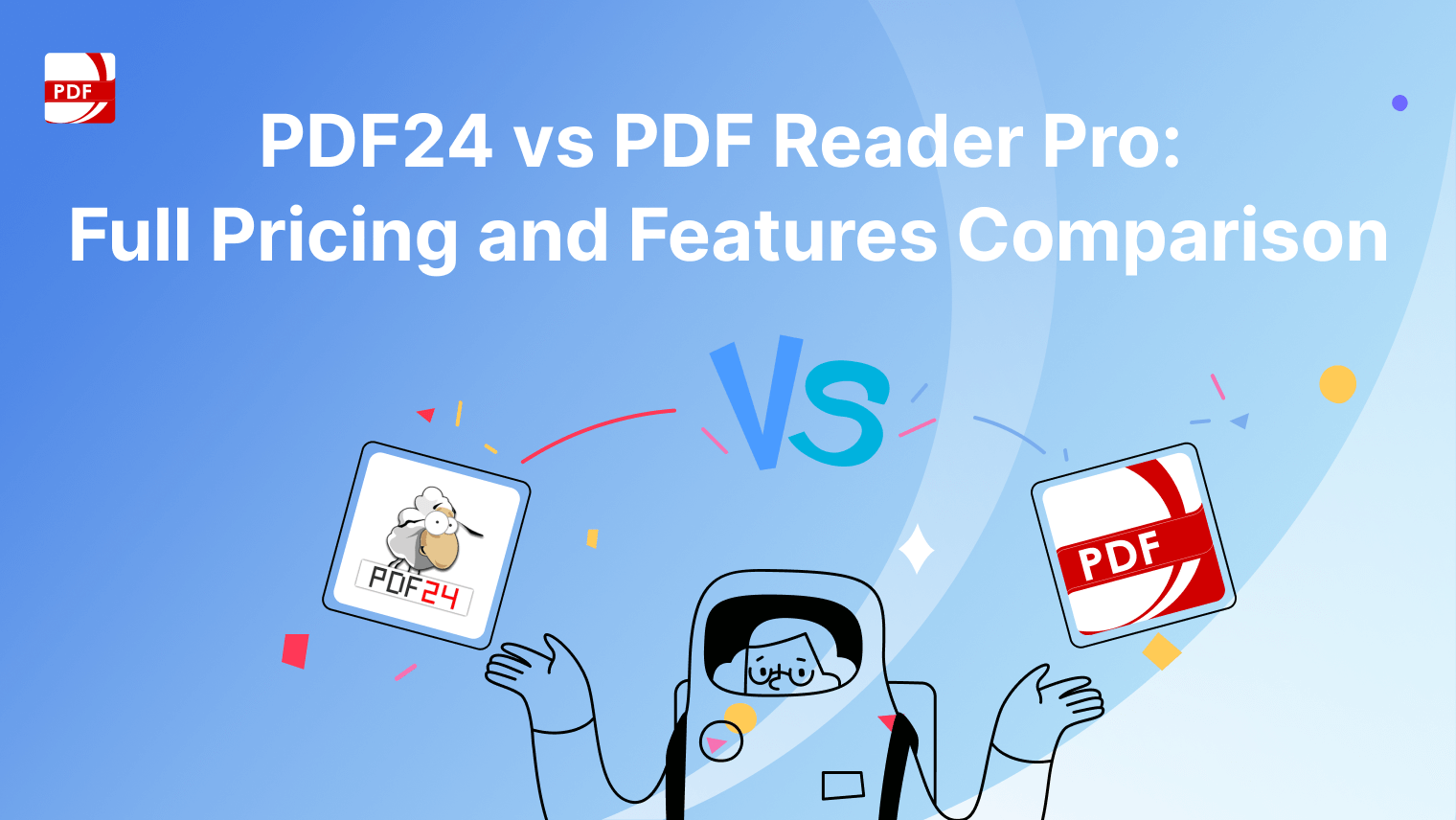This guide will focus on one essential aspect—changing fonts in Foxit. Whether you're editing for personal or professional purposes, understanding how to modify fonts can add a professional touch to your PDF documents.
How to Change Font in Foxit PDF Editor
Now, let's get into the step-by-step guide on changing fonts in Foxit's intuitive interface:
Step 1: Open Your PDF Document
Launch Foxit PDF Editor and open the PDF document you wish to edit.
Step 2: Access the Edit Tab
Navigate to the "Edit" tab on the toolbar. This is where you'll find various editing options.
Image Source: Foxit PDF
Step 3: Select the Text You Want to Modify
Use the text selection tool to highlight the text whose font you want to change.
Image Source: Foxit PDF
Step 4: Access the Font Options
Look for the font options within the "Edit" tab. These could be labeled "Font" or "Text Properties."
Step 5: Choose the Desired Font
A dropdown menu will appear, showcasing available fonts. Select the font you want to apply to the highlighted text.
Image Source: Foxit PDF
Step 6: Adjust Font Size and Style
If needed, adjust the font size and style to customize the text further.
Image Source: Foxit PDF
Step 7: Save Your Document
Don't forget to save your edited document to preserve the changes.

Dealing with Embedded Fonts
- Identify Embedded Fonts: Use Foxit PDF Editor to check if the font is embedded by accessing font properties in the Edit Text tool.
- Attempt Direct Editing: Try editing text directly; if the font is fully embedded and permissions allow, you can edit without issue.
- Substitute with Similar Fonts: If direct editing changes the font appearance, manually select a similar font from Foxit's list to maintain consistency.
- Add or Install the Font: If necessary, download and install the font on your system to use in Foxit PDF Editor.
- Use Advanced Editing Features: For complex font issues, utilize the Advanced Edit mode in PDF Editor Pro for better handling.
- Convert Text to Path: As a last resort, convert text to a path or image to preserve appearance, though this makes text unsearchable.
- Consult with the Document Creator: If editing is critical and challenging, contact the document's creator for an editable version or the original font files.
- Consider Legal and Ethical Implications: Ensure you have the right to use and modify the font, respecting copyright and licensing agreements.
Foxit has many alternatives, such as PDF Reader Pro. The annotation and editing features in PDF Reader Pro improve my content writing processing reviews and revisions.

Adding annotations allows me to highlight key points, add notes, and collaborate with peers directly within the document, facilitating a more organized approach to incorporating feedback.
The editing capabilities enable me to swiftly make textual changes, adjust layouts, and refine my drafts, ensuring each piece of content meets high standards of clarity and coherence.
You can also check our recommendations for resources on How to Edit a PDF with Foxit.

FAQs: Addressing Common Queries
Is Foxit PDF Editor Available for Mobile Devices?
Yes, Foxit PDF Editor is available for mobile devices, offering a consistent editing experience on various platforms.
Are There Subscription Fees for Foxit?
Foxit PDF Editor may require subscription fees for access to certain advanced features. Check the pricing details on the official website.
Can I Edit PDF Forms Using Foxit PDF Editor?
Absolutely! Foxit PDF Editor allows you to edit PDF forms, making it a versatile tool for a range of editing needs.
What Are the Key Features That Distinguish Foxit PDF Editor?
Foxit PDF Editor is known for its unique key features. Explore functionalities such as collaborative editing, encryption, and advanced annotation tools for PDF files that set it apart.
Is Foxit PDF Editor Suitable for Business Use?
Foxit PDF Editor is suitable for business owners, offering tools catering to professional document editing requirements. It's ideal for creating polished business documents.









 Free Download
Free Download  Free Download
Free Download 





 Support Chat
Support Chat